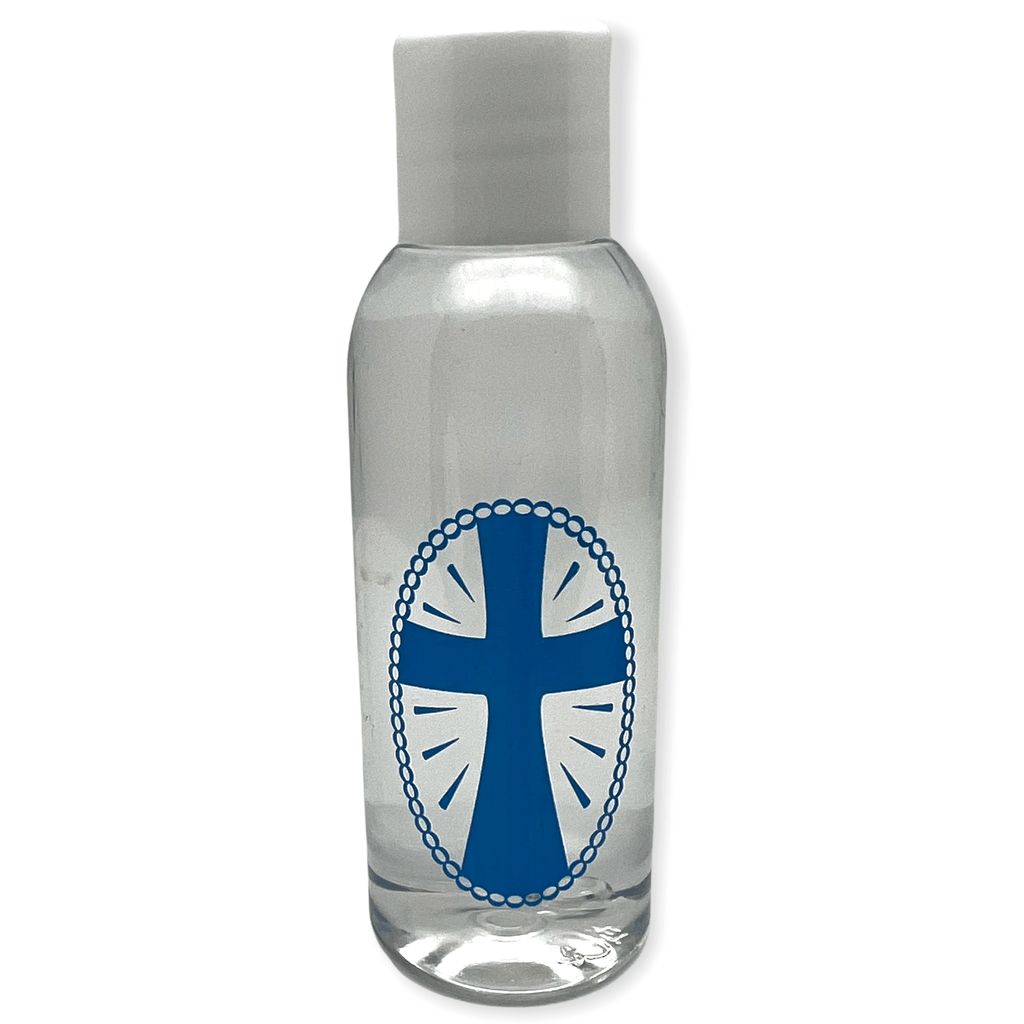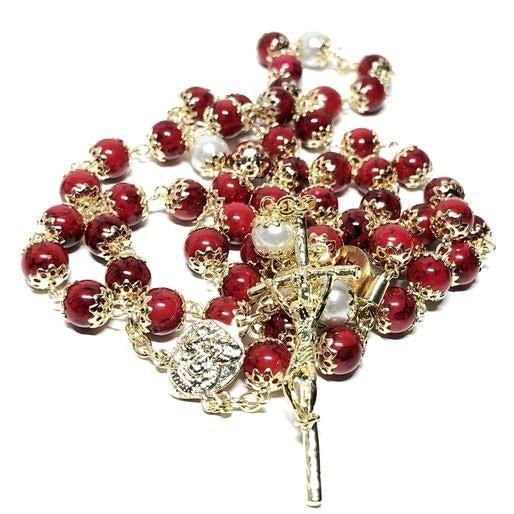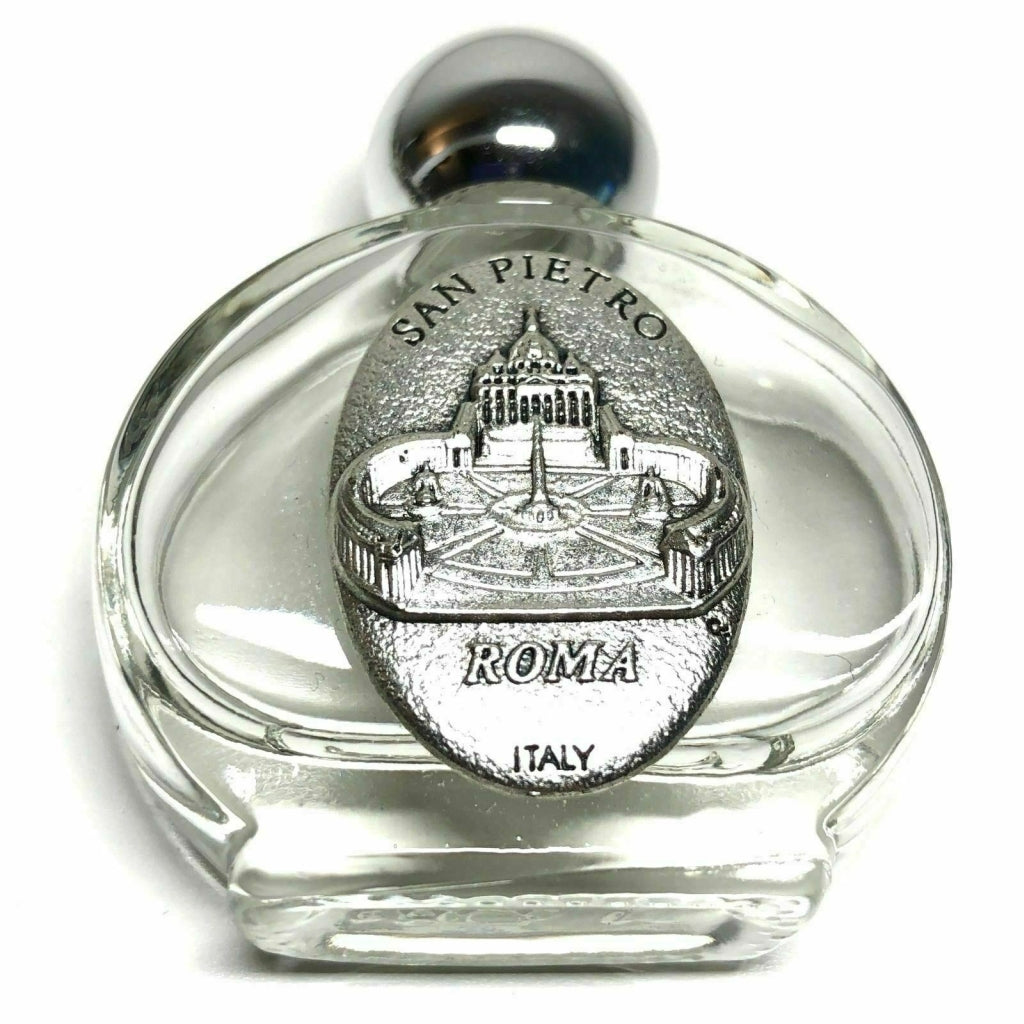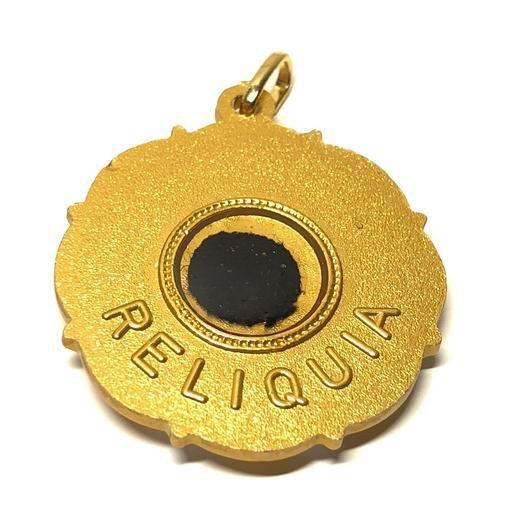Why Is There a Tabernacle in Church?
There are many significant elements associated with the Christian faith, and the tabernacle is one of them. Found in churches worldwide, the tabernacle can be a source of curiosity, especially for children or new converts. Let's explore what a tabernacle is and why it holds such importance in the church.
What Is a Tabernacle?
The term "tabernacle" literally means "dwelling place." In Christianity, it refers to the place where Christ is believed to dwell in the Eucharist. The Eucharist, a Christian rite, involves the presentation of bread and wine, symbolizing Christ’s body and blood. When not in use during Mass, the Eucharist is stored in the tabernacle to keep it safe for later distribution.
Historically, the word "tabernacle" also referred to the temporary shelters used by ancient Jews on their journeys. The Christian tabernacle draws from this Jewish tradition, symbolizing a sacred dwelling place for God.
Tabernacles are prominent in Catholic churches but are also found in other Christian denominations such as Eastern Orthodoxy, Lutheranism, and Anglicanism. Typically, a tabernacle is a fixed, locked container, sometimes set into the wall of a church, known as an ambry.

Why Is There a Tabernacle in a Church?
The primary purpose of a tabernacle is to hold the Blessed Sacrament—the body and blood of Jesus Christ in the form of sacramental bread and wine used during the Eucharist. This secure storage allows the Blessed Sacrament to be taken to the sick who cannot attend Mass.
Additionally, the tabernacle serves as a focal point for prayer and devotion within the church. The Second Vatican Council emphasized the importance of the tabernacle, though it also distinguished between the altar for Mass and the tabernacle for the Eucharist.
The tabernacle symbolizes Christ's blessings and care, embodying the sacred presence of Jesus in the church.

Placement of the Tabernacle
The placement of the tabernacle is of great importance. Traditionally, it was located at the center of the church or cathedral. Today, it is often placed in a side chapel or a secure, less prominent location to ensure its safety. Regardless of its position, the true significance lies in the Eucharist it contains, which remains profoundly sacred.

Can There Be More Than One Tabernacle in a Catholic Church?
Typically, there is only one tabernacle per church, following clear canonical laws. However, temporary exceptions occur when a tabernacle is being transferred. Once the transfer is complete, the church should return to housing a single tabernacle.
What Is a Tabernacle Made Of?
Tabernacles can be made from various materials such as stone, wood, or metal, with many modern tabernacles constructed from metal. Historically, some were made of gold, and such tabernacles can still be found in churches and cathedrals around the world. They come in various shapes and sizes, depending on the church’s tradition and design.
What Does the Book of Law Say About Tabernacles?
Canon law stipulates that tabernacles must be immovable, made of solid and opaque materials, and securely locked to prevent profanation (CIC 938-3). Additionally, a lamp should always burn near the tabernacle, symbolizing God's eternal presence, as instructed in Exodus 27:20-21.
The tabernacle remains a central and sacred feature of Christian worship, symbolizing the divine presence and the continuity of faith traditions.

FAQs
1. What is the purpose of a tabernacle in a church? The tabernacle is used to store the Blessed Sacrament, the body and blood of Jesus Christ in the form of sacramental bread and wine, keeping it safe for later distribution, especially to the sick.
2. Why is the tabernacle considered so important? The tabernacle holds the Eucharist, which Catholics believe is the real presence of Christ. It is a focal point for prayer and devotion, symbolizing Christ's continual presence in the church.
3. Where is the tabernacle typically located in a church? Historically, the tabernacle was placed at the center of the church. Today, it is often located in a side chapel or a secure, less prominent location to ensure its safety, though it remains highly revered.
4. Can a church have more than one tabernacle? Generally, a church should have only one tabernacle, as stipulated by canonical law. Temporary exceptions occur when a tabernacle is being transferred to a new location.
5. What materials are tabernacles made from? Tabernacles can be made from stone, wood, or metal, with many modern ones constructed from metal. Some historical tabernacles are made of gold and can still be found in various churches worldwide.
6. What does canon law say about tabernacles? Canon law requires that tabernacles be immovable, made of solid and opaque materials, and securely locked to prevent profanation. A lamp should also be kept burning near the tabernacle at all times.
7. Is the tabernacle unique to Catholic churches? While most commonly associated with Catholic churches, tabernacles are also found in other Christian denominations, including Eastern Orthodoxy, Lutheranism, and Anglicanism.
Check out our BLOG: CATHOLICALLY TODAY: LOVE, PRAY, WRITE and read more about "What Is The Significance Of Tabernacle In Church"










